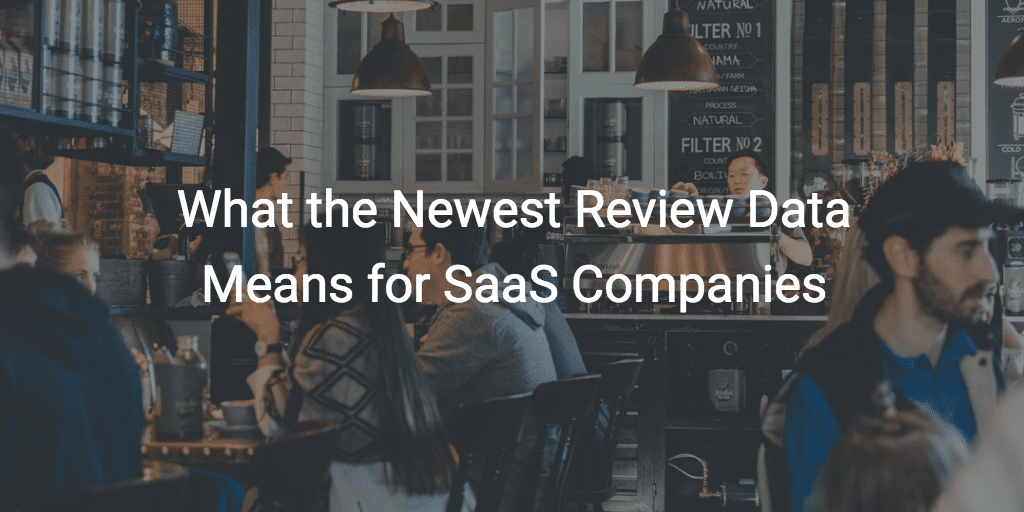Just how accurate are online review aggregators, anyway?
If you pull up Google or Yelp for a restaurant, say, you’ll get an aggregate of stars from one to five, the number of reviews counted, and any number of written reviews and qualitative feedback. Dig deeper, and you may find responses from the restaurant, a policy for filtering out bogus responses (usually through a combination of software and human intervention), an easy way for you to leave your own review, and maybe an explanation of the methodology.
But you won’t find any kind of “accuracy” guarantee.
That’s because, when you get right down to it, we’re talking about something inherently subjective, right? Somebody hates the fries at your favorite restaurant. You get accidentally overcharged the one time you visit their favorite restaurant. You each one-star the other’s favorite while five-starring your own.
Which is the accurate rating? One-star, five-star, or three-star (the mean)? If anything, the aggregate seems like the least accurate, since it isn’t representative of anyone’s actual experience.
And in the wake of fake review fiascos like Amazon and trolling attacks like Rotten Tomatoes, it’s better to just make up your own mind.
So why should you care about SaaS reviews?
But in the world of B2B SaaS, buying decisions are infinitely more consequential than where you eat lunch on any given day. There are orders of magnitude more dollars changing hands. There are potentially dozens of jobs riding on any given deal. In the case of Gainsight, we often project that our software is the difference between achieving recurring revenue growth goals and missing them.
It’s not overly dramatic to say that people have lost their jobs as a result of their software buying decisions.
If you’re involved in making that decision, you need accurate information. You need SaaS reviews.
Wait, what? Weren’t we just talking about the inherent subjectivity of online reviews?
It’s about quantitative and qualitative data
G2 Crowd recently released its Grid Report for Customer Success Software, and I want to draw your attention to a few aspects of the data and methodology that you can use to make better buying decisions as well as to underscore the value of these reviews to counteract any cynicism you might have around online reviews. Long story short—these reviews are pure gold for buyers and vendors.
That’s because reviews in aggregate (as in the Grid Report) offer quantitative perspectives on qualitative information. With only “hard” (quantitative) inputs, you may not have a path forward. For example, you may understand that a certain percentage of SaaS buyers are achieving a consistent result with a given product, but you may not understand why they are achieving that result or what you may have in common with them.
The flip side is that without quantitative data, you can’t mitigate the subjectivity. Our Yelp example with only two total reviews illustrates the problem. But even with a million, you still need to be able to break down those reviews in a granular way to get a more meaningful data input than a one-to-five star rating.
What makes the Grid Report useful?
There are three main reasons to pay attention to this latest Grid Report—and verified SaaS reviews more generally:
- Qualified Reviews: G2 Crowd and TrustRadius have a stringent qualification system to weed out bad actors, fake reviews, and system-gamers. You can read more about the methodology here or you can take my word for it—you can have confidence these are real reviews from real users.
- Satisfaction and Market Presence: With movies and restaurants, there’s a lot to be said for indie films and local hole-in-the-wall kitchens. But with major SaaS investments, you need to know your data and processes will be safe over a potentially very long term. That means Market Presence should be part of your buying criteria. Bigger doesn’t always mean better, but in some cases it means a much safer investment in a world where software companies flame out more often than they last.
- Granular Depth: Seriously, look at the Grid Report. You can get feature-by-feature rating as well as data on six independent axes of each software company, from how easy it is to do business with them to how good their customer support is. It’s a treasure trove of signals.
What the data means for SaaS companies
So let’s say you’re in the market for a customer success solution. We know the market is growing for this type of software and more companies are entering the space. As such, this data report is obviously helpful. You can compare your options across both axes and all criteria. We believe Gainsight is the best one, and now there’s corroborating data (both qualitative and quantitative.)
And for SaaS vendors in general, it’s important to know that your prospects have likely consumed this data long before they’ve communicated directly with anyone at your company. If you don’t have visibility and influence over these reviews, you’ve probably already lost a lot of business. The visibility is easy, but the influence is hard. There’s no workaround—you have to provide a great experience and positive outcomes to your customers. But if you’re doing that, you need to figure out a way to mobilize those customers to advocate in these forums. Click here to watch a webinar with some tactics and strategies to cultivate great online reviews.
